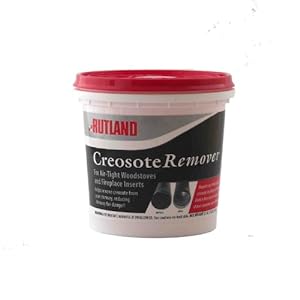I had a chimney fire this winter already, and I had one last winter. I brushed out the chimney prior to burn season a few months ago. I burn my fire pretty hot during the day, but turn the draft down at night so it will burn throughout the night.
I have a Highlander stove with a 6 inch pipe that is fitted into the existing chimney of the house.The chimney has the ceramic liner that has 2 of them inside the main chimney. One for the furnace/Boiler and one for the woodstove. The clean out hole is in the basement and there is no flue between the basement and where the pipe inserts into the chimney. I burn seasoned hardwood.The woodstove pipe has two elbows in between the woodstove and where it inserts into the chimney.

The chimney does not have a flue below where the pipe goes into the wall, nor does it have a cap on top. Any help would be deeply appreciated in is matter.
I have a Highlander stove with a 6 inch pipe that is fitted into the existing chimney of the house.The chimney has the ceramic liner that has 2 of them inside the main chimney. One for the furnace/Boiler and one for the woodstove. The clean out hole is in the basement and there is no flue between the basement and where the pipe inserts into the chimney. I burn seasoned hardwood.The woodstove pipe has two elbows in between the woodstove and where it inserts into the chimney.

The chimney does not have a flue below where the pipe goes into the wall, nor does it have a cap on top. Any help would be deeply appreciated in is matter.


